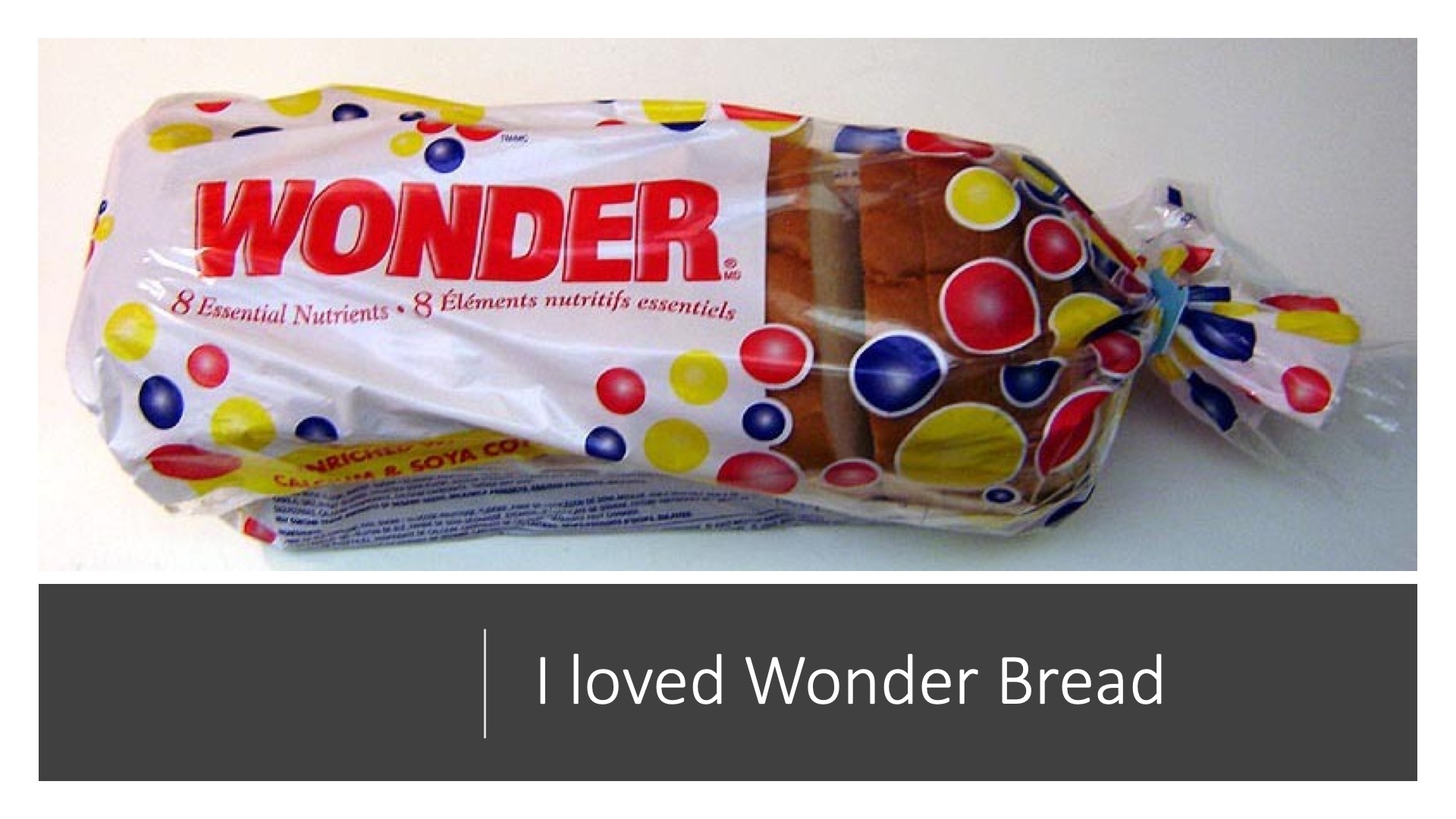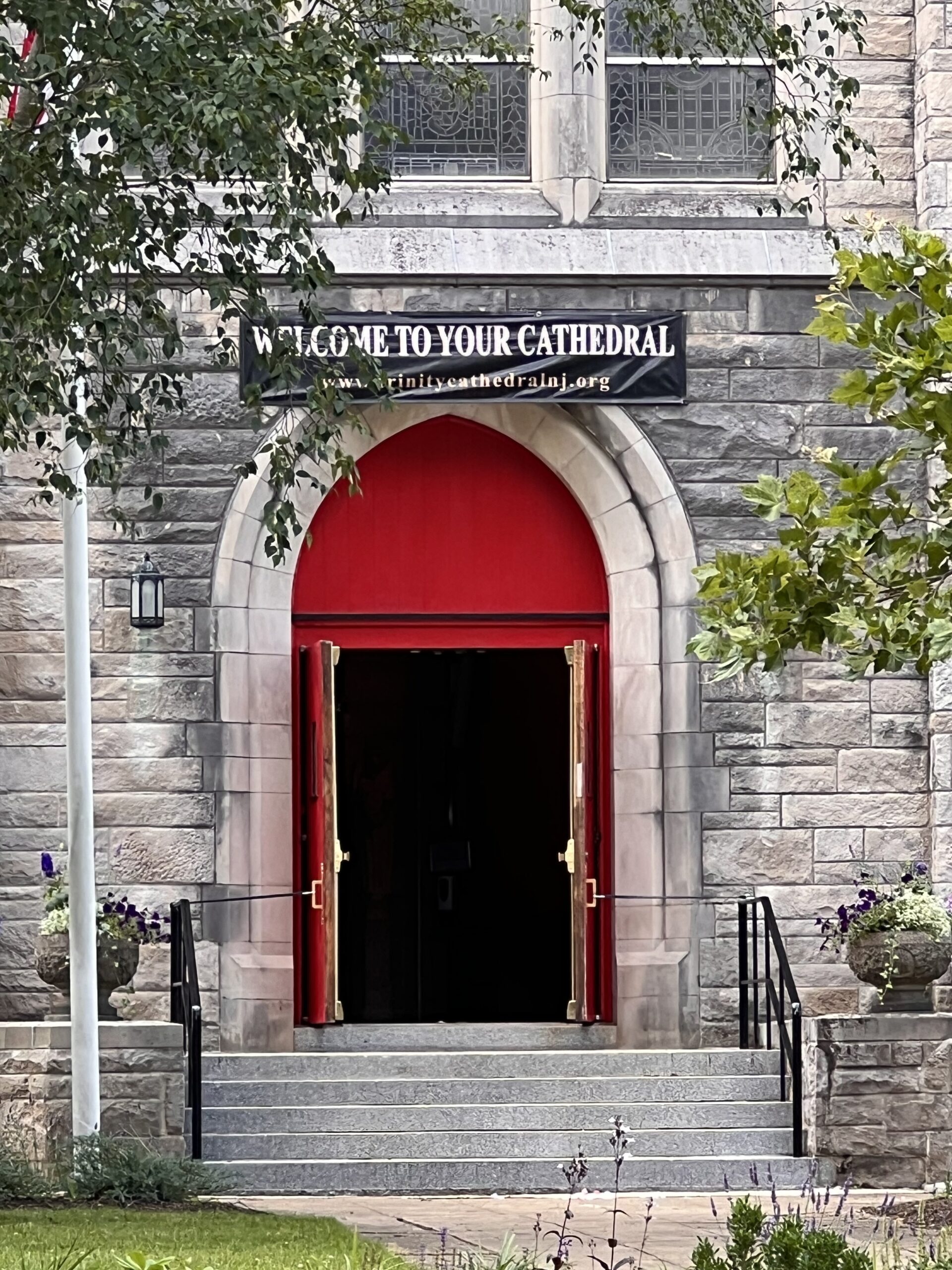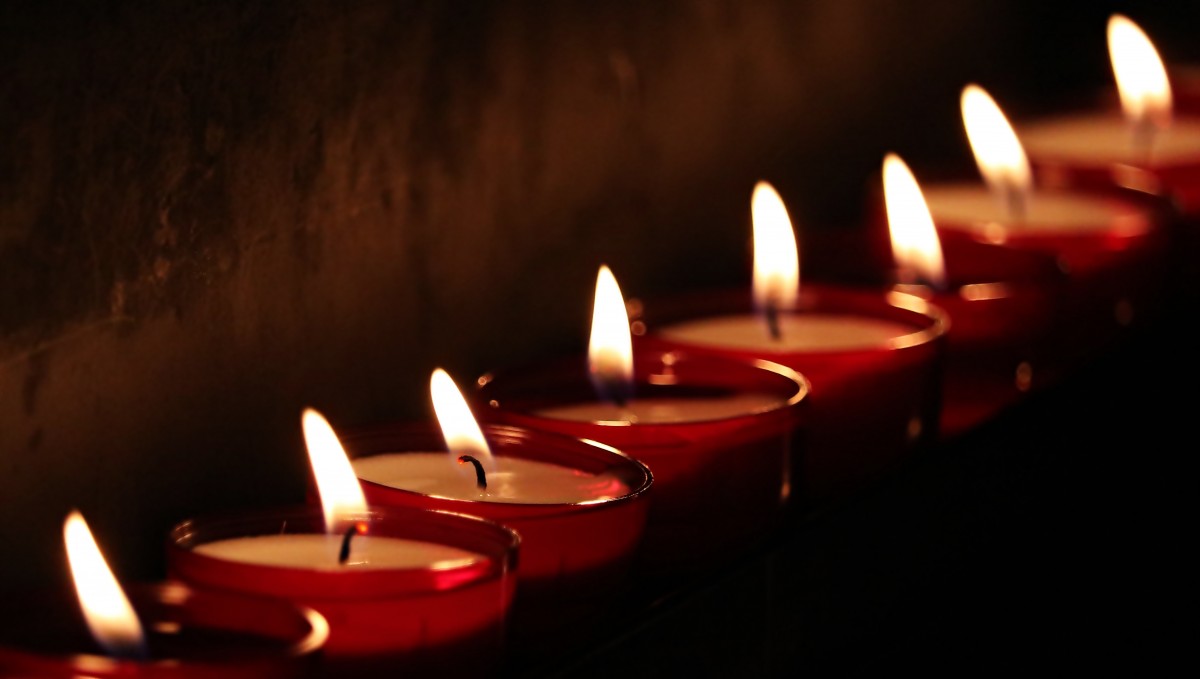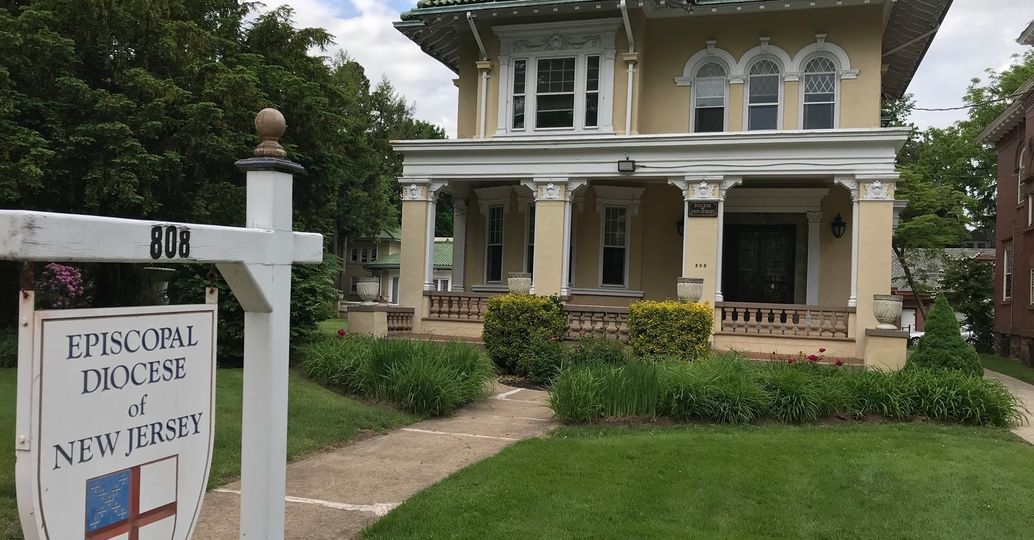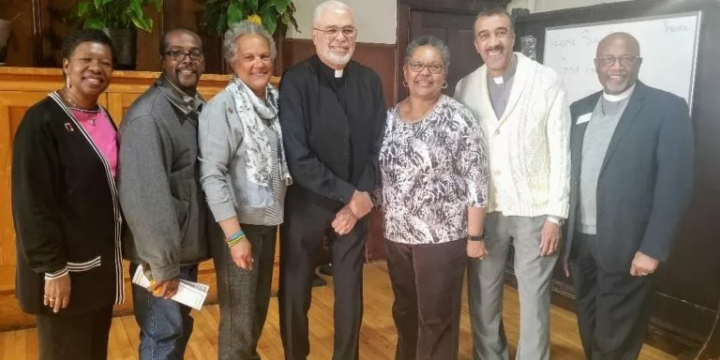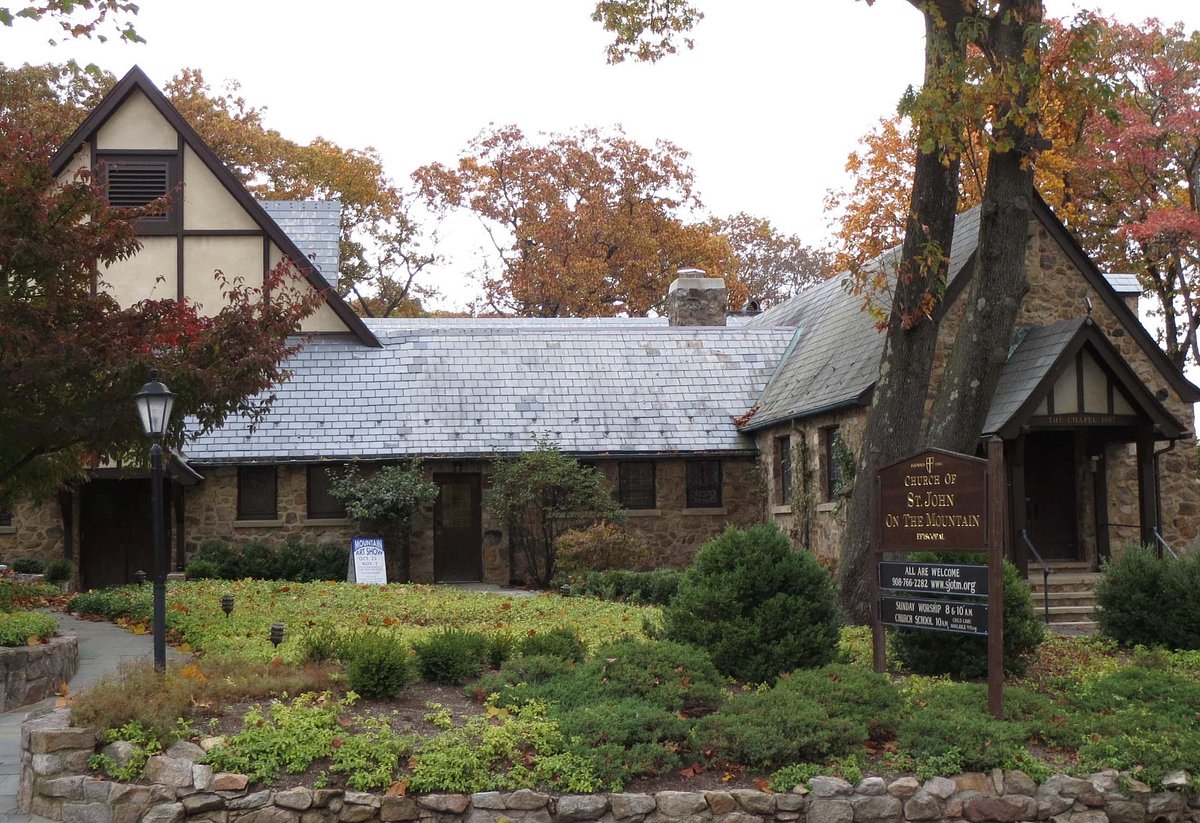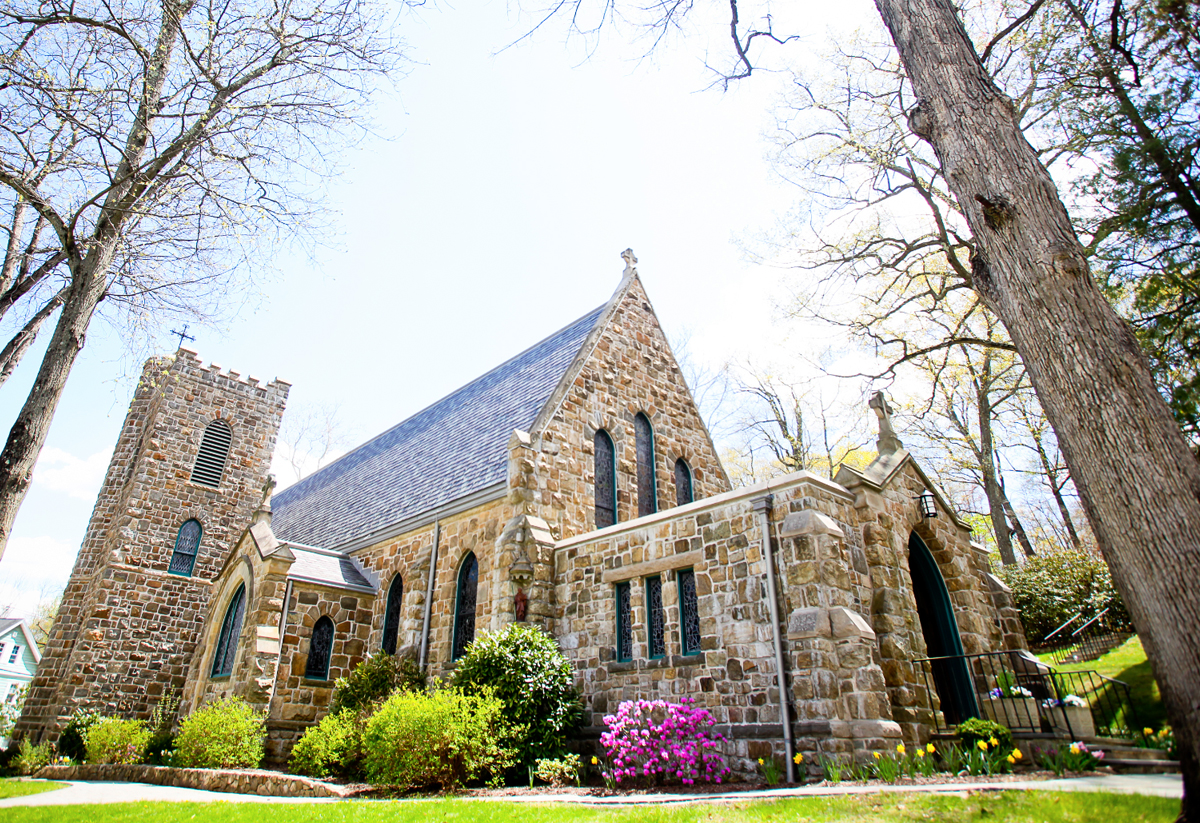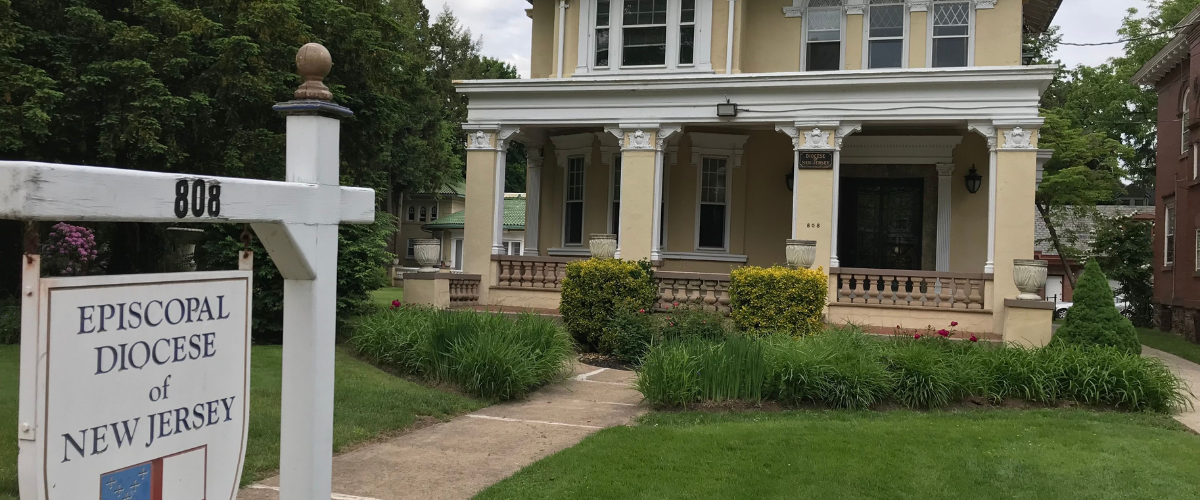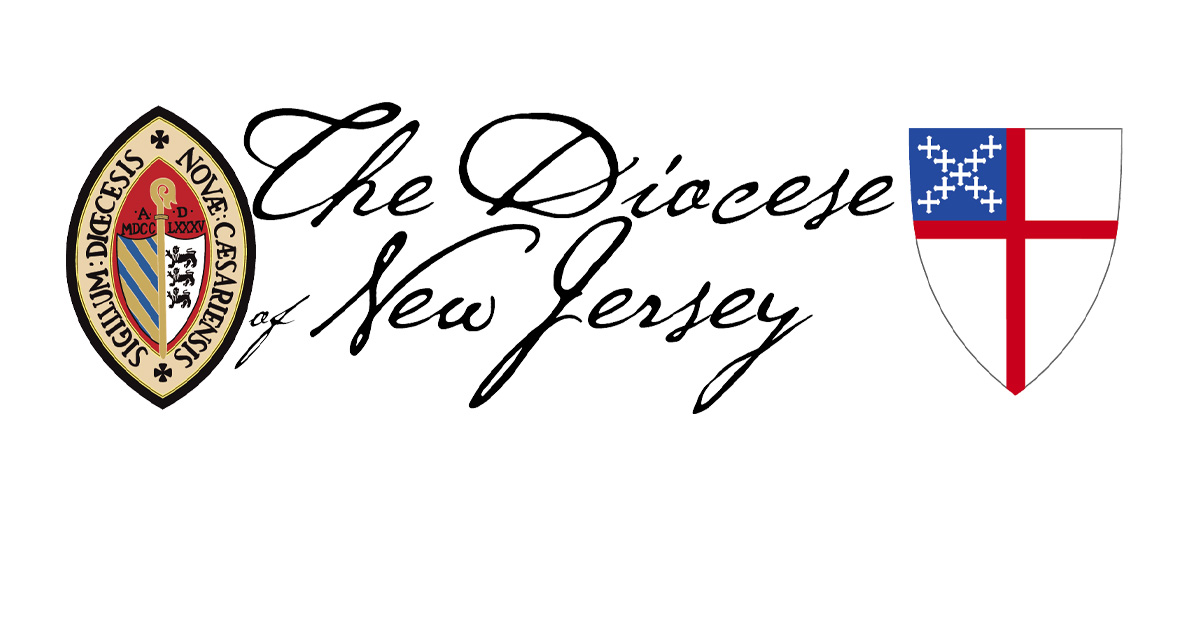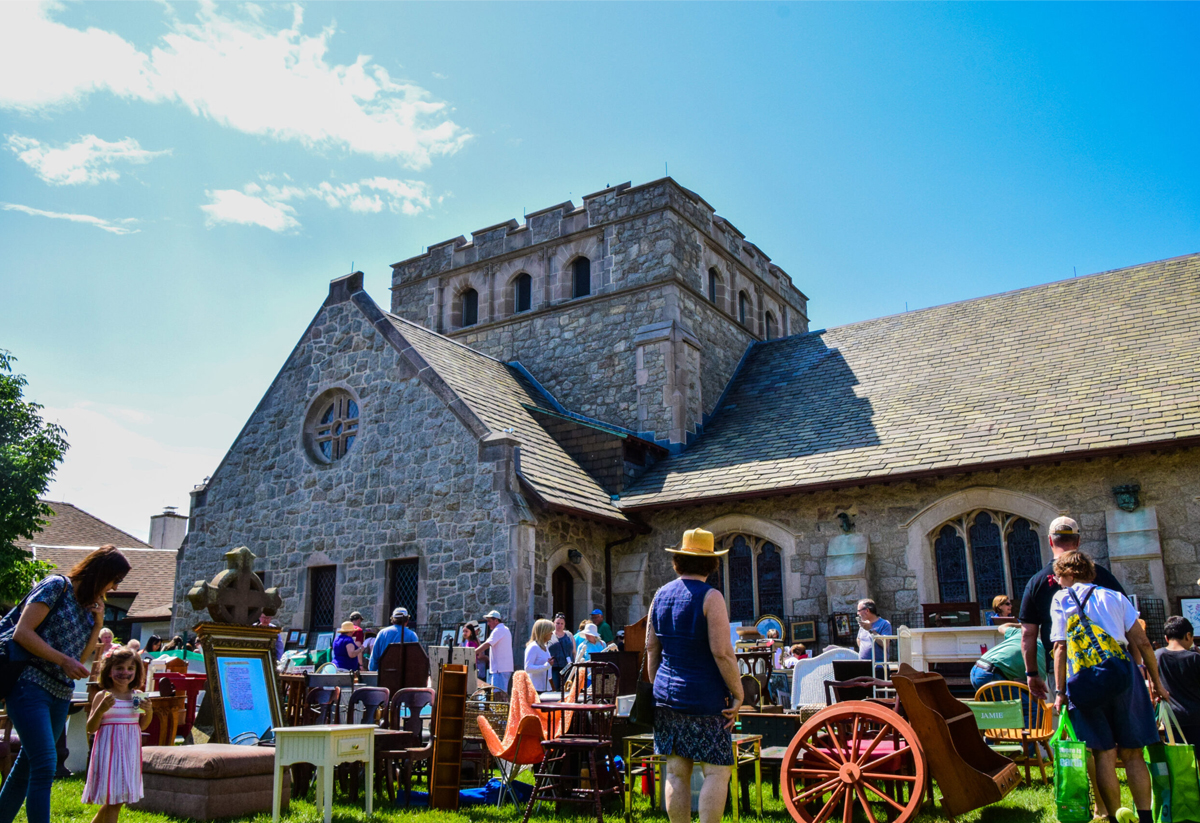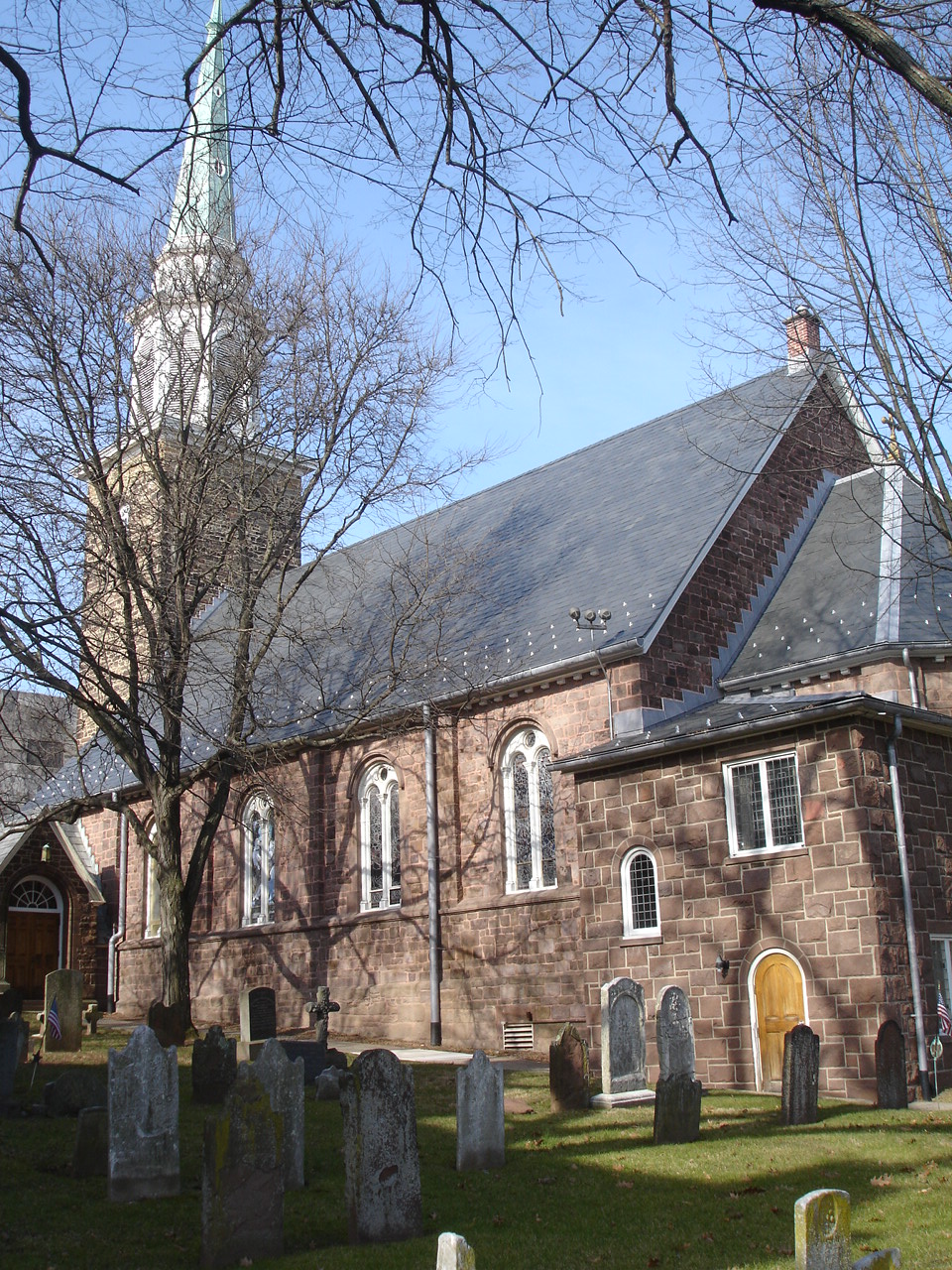The Diocese of New Jersey Online Sermon
12 Pentecost – Proper 15 – Year B – August 13, 2021
Ephesians 5:15 – 20; John 6:51-58
Preacher: The Right Reverend William H. Stokes, 12th Bishop of New Jersey
Wonder Bread!
Those who eat my flesh and drink my blood abide in me, and I in them…John 6:51
In the name of the Father and of the Son and of the Holy Spirit. Amen
I’m a child of the ‘60s. I know I’m dating myself, but as a kid, my favorite lunch was a peanut butter and jelly sandwich on Wonder Bread, or even a “Fluffernutter!” I loved Wonder Bread, squishy and soft, with its familiar packaging of red, yellow and blue balloons. Those balloons were inspired by the International Balloon Race at the Indianapolis Speedway in 1921, the year Wonder Bread was developed. Marketing Director for the new product, Elmer Cline, was filled with “wonder” as he beheld hundreds of balloons “creating a kaleidoscope of color resulting in the iconic red, yellow and blue balloons featured on the Wonder Bread logo.”[1]
Perhaps you remember the old Wonder Bread commercials? When I was a kid, the slogan was “Wonder Bread, builds strong bodies 12 ways!” When the company started, it was “Wonder Bread builds strong bodies 8 ways…”[2] They got healthier as they got older. Well, whenever we get to this time of the liturgical year, when in Year B our lectionary[3] invites us to spend five Sundays on John’s Gospel, chapter 6, the so-called “Bread of Life Discourse,” I will, inevitably think of Wonder Bread. I can’t help it.
Jesus said, “I am the living bread that came down from heaven. Whoever eats of this bread will live forever; and the bread that I will give for the life of the world is my flesh”(John 6:51). This is about true “wonder bread!”
Again, we’re in John’s Gospel, Chapter 6. In fact, this is the fourth week we’ve been in this chapter and we’ve got one more week to go. Chapter 6 contains the “Bread of Life” discourse and features one of the 7 so-called “I am” sayings characteristic of John’s Gospel – “I am the bread of life”(6:35,48) and also, as we heard in today’s Gospel reading, “I am the living bread which came down from heaven” (6:51). The “I am’ sayings are named that because they are a verbal echo of God’s self-identification to Moses from the Burning Bush. You remember that story: “Tell them ‘I am’ has sent you” (Exodus 3:14).
This section of John’s Gospel began with the story of an event in the ministry of Jesus. It’s the story of the Feeding of the 5,000 (John 6:1 – 14). We heard that story four weeks ago. The event, in which a hungry crowd feeds on literal bread leads to a reflective elaboration on spiritual bread, and specifically on Jesus as “the bread of life.”
In last week’s Gospel reading, the tenor of chapter 6 had changed. It changed at verse 41. Prior to verse 41, Jesus had been speaking to a crowd (6:24). But, at verse 41, a dispute arose with Jews who, John says, were “complaining about him” (6:41).
In today’s Gospel, the dispute with the Jews not only continues, but is heightened. Jesus presents his opponents with a really significant challenge when he says, “I am the living bread that came down from heaven. Whoever eats of this bread will live forever”(6:51). The challenge is made more difficult when he says, “and the bread that I will give for the life of the world is my flesh” (6:51). It’s an offensive idea to them, this eating of flesh, if they understand it literally, which they very likely do, just as it is offensive to us today if we understand it literally.
Brian Peterson, Professor of New Testament at the Lutheran Theological Southern Seminary in Columbia, South Carolina, refers to this as “obnoxious discourse.”[4] At a literal level, it reeks of cannibalism! John tells us, The Jews then disputed among themselves, saying, “How can this man give us his flesh to eat?” (6:52).
Jesus doesn’t leave it there, but pushes the dispute even further saying, – “Very truly, I tell you, unless you eat the flesh of the Son of Man and drink his blood, you have no life in you” (6:53). There is a strict prohibition from the book of Leviticus against consuming blood (Lev. 17:14). The whole notion of eating flesh, chewing on it and drinking blood would have been utterly offensive, disgusting, to most of Jesus’ Jewish audience. It would have made those who were listening cringe just as it likely makes many cringe who hear it today, again, if understood literally.
While John 6 no doubt reflects incidents that occurred in Jesus life and ministry such as the feeding of the 5000, which, after all, is reported in all four Gospels, it was written well after Jesus’ crucifixion. The portion of chapter 6 that we heard last week, and the portion we heard this week, was likely written at a time when the early church and the synagogue had separated.[5] It was a bitter separation; really a family split.
It is always important to remember, Jesus and his earliest followers were Jewish. Some of those Jews accepted Jesus as the Messiah, many did not, and truth be told, their reasons are understandable, but that’s a topic for another day. John anachronistically writes this bitter family split into his Gospel. In all likelihood our reading reflects this.
In his one volume commentary on John’s Gospel, Biblical scholar D. Moody Smith suggests that this portion of John 6 is about participation in the early Church’s Eucharist as a clear delineator of who was a follower of Christ and who was not. Smith writes,
“It may be that participation in the Eucharist is the dividing point, in worship, between those who do not believe in Jesus, or indeed, believe but do not confess Jesus publicly, for fear of being put out of the synagogue, and those who have believed, confessed, come out of the synagogue and now meet for worship as Jesus’ disciples. Their defining act of worship is the eating and drinking of the meal that is his sacrifice of himself…The eating and drinking of Jesus defines Christian worship as such in John, as it has ever since.”[6]
John’s Gospel does not portray the meal at the Last Supper.[7] John does give an account of the Last Supper, but he doesn’t portray the meal itself. Rather, he portrays the washing of the disciples’ feet.
In the Gospels of Matthew, Mark and Luke, which we often refer to as the “synoptic-Gospels” – “same-looking” because they share so much material in common, Jesus takes bread and says, “Take, eat, this is my body” (See Mark 14:22) After supper, he takes the cup and says, “This is my blood.” (See Mark 14:24). These are virtually the same as the terms used in John 6, terms that would have been offensive to the Jews.
Well-known Lutheran preacher, teacher, author and pastor David Lose once observed about today’s Gospel reading,
“…a Synoptic-Johannine mash-up is in front of us, as the connection between this passage and the Synoptic version of the Last Supper feels palpable.” “So,” he suggests, “why not consider what Jesus means—in either Synoptic or Johannine tradition—that we eat his flesh and drink his blood?….When we eat food it courses through our body as it is digested, bringing nourishment. It in this way becomes, quite literally, a part of us, even as we also say, “you are what you eat.” Jesus invites us in this passage….into as intimate a relation and communion with him as we can imagine, perhaps a communion and relationship that is even closer than we want![8]
We are what we eat. Think of the Church’s identity as the body of Christ, of which you and I are, each, a member.[9]
I believe with all my heart that the world needs us to own and embrace the fullness of this identity. Jesus Christ is made present in the world today by the power of the Holy Spirit and through the ministry of his Church, us, those who make up the body of Christ. We are called to witness to the power of love in a world that is too often inclined to hate. We are called to witness to peace in a world that prefers violence and warfare. We are called to a respect for the creation as a gift of God entrusted to us and our care in a world that is hellbent on the world’s destruction. We are called to be a people of faith, forgiveness and grace in a world whose primary mood and mode is often fear, judgement and anger. (And it must be acknowledged that too often people who claim the identity “Christian” are marked by these same characteristics.
Baptism calls us to this life of grace in Christ. It commits us to the promises which make up the Baptismal promises. Eucharist sustains us in that life, nurtures us, keeps us fed and energized as the body of Christ.
Jesus said, Those who eat my flesh and drink my blood abide in me, and I in them….We are what we eat…
Jesus, true Wonder Bread indeed!
_______________
Notes
[1] See article “Wonder Bread” on Wikipedia found at https://en.wikipedia.org/wiki/Wonder_Bread
[2] Ibid.
[3] Along with many other Christian denominations, The Episcopal Church uses the Revised Common Lectionary -see https://lectionary.library.vanderbilt.edu/
[4] See Peterson, Brian “Commentary on John 6:51-58” – August 16, 2009 on Working Preacher website found at https://www.workingpreacher.org/commentaries/revised-common-lectionary/ordinary-20-2/commentary-on-john-651-58-2
[5] For a good discussion of this, see “John and Judaism” in Smith, D. Moody Abingdon New Testament Commentaries: John (Nashville, Abingdon Press, 1999) pp. 34 – 38.
[6] Smith 161.
[7] See John 13 – 17
[8] See Lose, David “Bread of Life Sermon Series” on The Working Preacher website found at http://www.workingpreacher.org/dear_wp.aspx?article_id=608
[9] See 1 Corinthians 12

